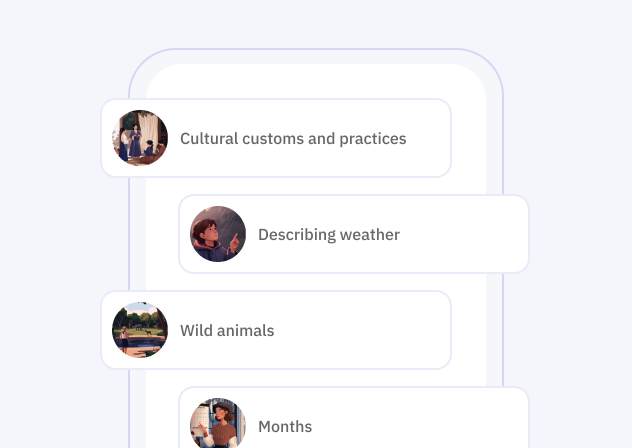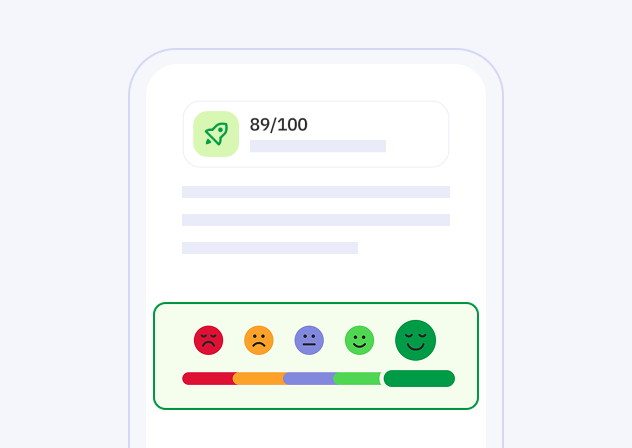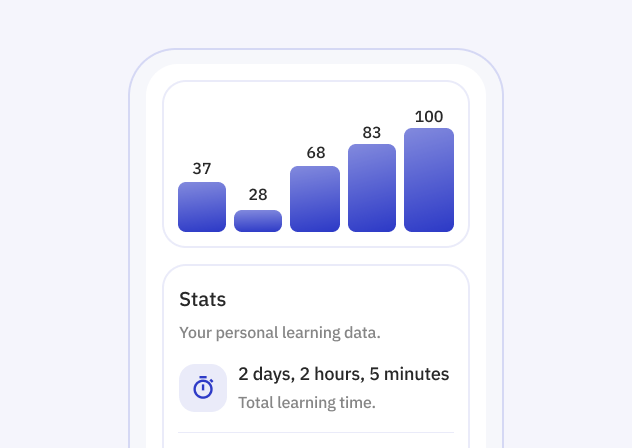Il verbo "to describe" in inglese è un verbo di base che significa "descrivere" in italiano. Viene utilizzato per fornire una rappresentazione dettagliata o una spiegazione di qualcosa o qualcuno, generalmente attraverso parole. Quando si descrive qualcosa, si cerca di comunicare le caratteristiche, le qualità, l'aspetto o le impressioni relative a quel soggetto, in modo che chi ascolta o legge possa formarsi un'immagine mentale chiara e completa. Il verbo "to describe" è fondamentale nella comunicazione quotidiana, nella scrittura, nel giornalismo e in molte altre discipline, poiché permette di trasmettere informazioni in modo preciso e coinvolgente.
She described the scenery in vivid detail.
Can you describe what happened at the meeting?
He describes his experiences with enthusiasm.
We need to describe the project requirements clearly.
The witness described the suspect to the police.
They were describing the new software features during the presentation.
How would you describe your ideal vacation?
The teacher describes complex concepts in a simple manner.
In her book, she describes the struggles of growing up in a small town.
Could you please describe the process step by step?
I describe the painting.
You describe the landscape.
He describes the character.
She describes the experience.
It describes the process.
We describe the event.
They describe the situation.
I described the painting.
You described the landscape.
He described the character.
She described the experience.
It described the process.
We described the event.
They described the situation.
I will describe the painting.
You will describe the landscape.
He will describe the character.
She will describe the experience.
It will describe the process.
We will describe the event.
They will describe the situation.
I am describing the painting.
You are describing the landscape.
He is describing the character.
She is describing the experience.
It is describing the process.
We are describing the event.
They are describing the situation.
I was describing the painting.
You were describing the landscape.
He was describing the character.
She was describing the experience.
It was describing the process.
We were describing the event.
They were describing the situation.
I will be describing the painting.
You will be describing the landscape.
He will be describing the character.
She will be describing the experience.
It will be describing the process.
We will be describing the event.
They will be describing the situation.
I have described the painting.
You have described the landscape.
He has described the character.
She has described the experience.
It has described the process.
We have described the event.
They have described the situation.
I had described the painting.
You had described the landscape.
He had described the character.
She had described the experience.
It had described the process.
We had described the event.
They had described the situation.
I will have described the painting.
You will have described the landscape.
He will have described the character.
She will have described the experience.
It will have described the process.
We will have described the event.
They will have described the situation.
I have been describing the painting.
You have been describing the landscape.
He has been describing the character.
She has been describing the experience.
It has been describing the process.
We have been describing the event.
They have been describing the situation.
I had been describing the painting.
You had been describing the landscape.
He had been describing the character.
She had been describing the experience.
It had been describing the process.
We had been describing the event.
They had been describing the situation.
I will have been describing the painting.
You will have been describing the landscape.
He will have been describing the character.
She will have been describing the experience.
It will have been describing the process.
We will have been describing the event.
They will have been describing the situation.
Il modo più efficace per imparare una lingua
Prova Talkpal gratuitamente
Ogni individuo apprende in modo unico. Con la tecnologia Talkpal , abbiamo la possibilità di esaminare come milioni di persone imparano contemporaneamente e progettare le piattaforme educative più efficienti, che possono essere personalizzate per ogni studente.

Ricevi un feedback immediato e personalizzato e suggerimenti per accelerare la tua padronanza della lingua.

Impara con metodi personalizzati in base al tuo stile e al tuo ritmo, assicurandoti un percorso personalizzato ed efficace verso la fluidità.
Talkpal è un tutor linguistico alimentato dall'intelligenza artificiale. È il modo più efficiente per imparare una lingua. Chatta su un numero illimitato di argomenti interessanti scrivendo o parlando, mentre ricevi messaggi con una voce realistica.


Talkpal, Inc., 2810 N Church St, Wilmington, Delaware 19802, US
© 2025 All Rights Reserved.